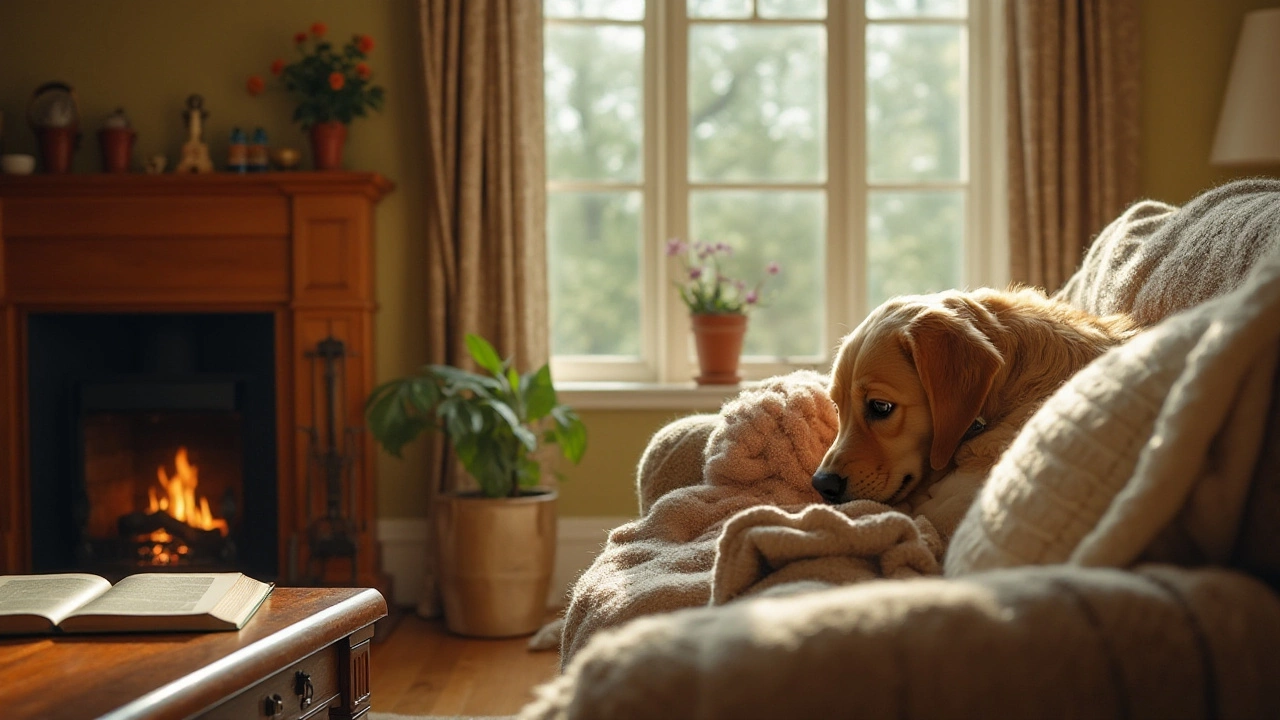Dog habits: what every pet parent should know
Dogs love routines, and their everyday quirks tell you a lot about how they feel. Understanding why your pup licks, sleeps in a certain spot, or gets anxious on a plane can make life smoother for both of you. Below are the most frequent habits you’ll see, plus easy ways to guide them toward healthier, happier behavior.
Common daily habits and what they mean
Most dogs lick people to show affection, calm themselves, or explore scents. A quick lick on your hand isn’t just a cute habit; it can be their way of saying “I trust you.” If the licking becomes nonstop, check for skin irritation or boredom and give a chew toy to redirect the urge.
Where your dog sleeps says a lot about their security needs. Some dogs cozy up in your bed, while others prefer a crate or their own pillow. Sleeping on the floor isn’t a sign of dominance—it often means they’re comfortable with the space you’ve given them. Offer a comfy dog bed and let them choose; you’ll avoid needless conflicts over “alpha” rules.
Grooming can trigger stress for many pups. If your dog whines or even seems to cry during a brush, they might be feeling vulnerable. Start with short, gentle sessions and use high‑value treats to create a positive association. Over time, the grooming routine becomes a calm bonding moment instead of a nightmare.
How to shape positive behaviors
Travel habits are another hot topic. Dogs often find flying traumatic, especially if they’ve never been on a plane before. A pre‑flight check‑list—light meal a few hours before, a favorite toy in the carrier, and a calming pheromone spray—can turn a stressful trip into a smoother experience.
Pulling on the leash is a habit many owners fight. A no‑pull harness works, but the real fix is teaching loose‑lead walking. Start in a low‑distraction area, reward the moment the leash slackens, and gradually add more challenges. Consistency beats any fancy gadget.
Finally, remember that habits form early. Puppies explore the world with their mouths, so providing safe chew toys avoids destructive biting later on. When the puppy stops biting, it’s usually a sign of growing confidence—not that the problem is solved forever. Keep reinforcing good chew choices and you’ll see fewer nibbles on furniture.
In short, watch the patterns, ask why they’re happening, and give your dog a clear, kind alternative. Small changes—like a new bedtime spot or a quick grooming treat—add up to a happier, healthier companion.
Why Your Dog Loves Stealing Your Seat: Analyzing Their Cozy Habits
Ever wonder why your dog always plants itself in the spot you just vacated? This behavior is common and can reflect various instincts and emotions such as seeking warmth or maintaining a bond. Understanding these habits can help improve the comfort of your four-legged friend and enhance your relationship. Explore tips on how to manage and understand this quirky behavior.
